Last Updated on January 15, 2024 by the Dobies Horticultural Team
Encouraging your children to garden is not always easy but is a great way to introduce them to nature and for them to interact and learn about the environment around them. During the summer holidays, it can also be a fun-free way of entertaining them too, and showing them just how vegetables are grown! Here are some top tips on how to encourage your children to garden and keep them busy on the plot!
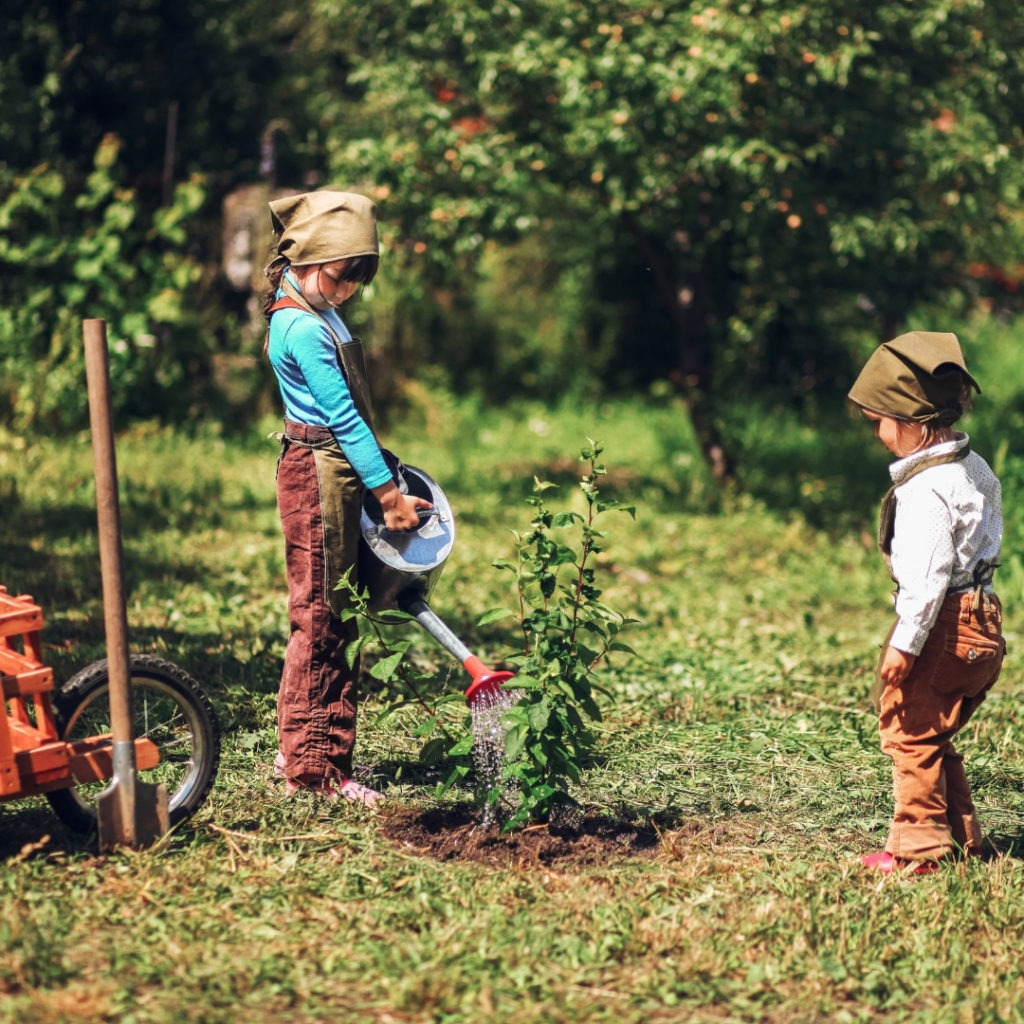
How to Get the Children Involved in the garden
Gardening might not come naturally to every child. Is sometimes perceived to be a bit of a chore for mum and dad, or something grandparents do during retirement. But, by including children with the planning from the outset, they will feel more involved in the process. They’ll so be eager to roll up their sleeves and get their hands dirty (although not generally a problem!) when it’s time to start the planting.
A good place to start is to ask them what their favourite flowers and plants are. This could be something they have seen before, a colour they like or just a flower they like the sound of. Ask about their favourite fruit and vegetables too. Although some might not be a favourite on the dinner plate, they might enjoy seeing where their food comes from and the journey from plot to plate!
Easy Flowers & Veg to Grow with Children
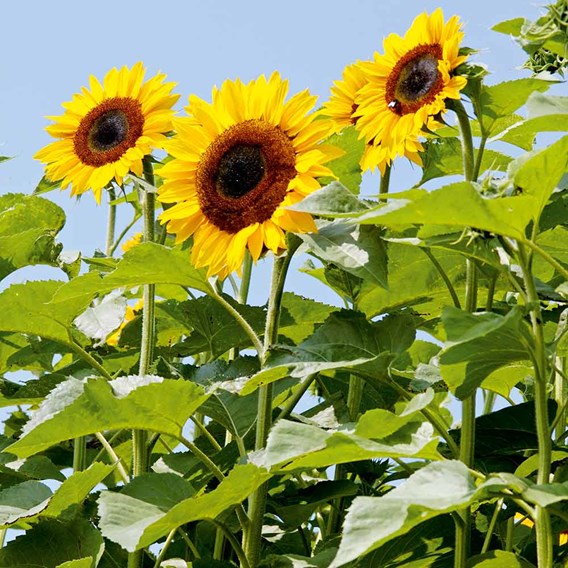
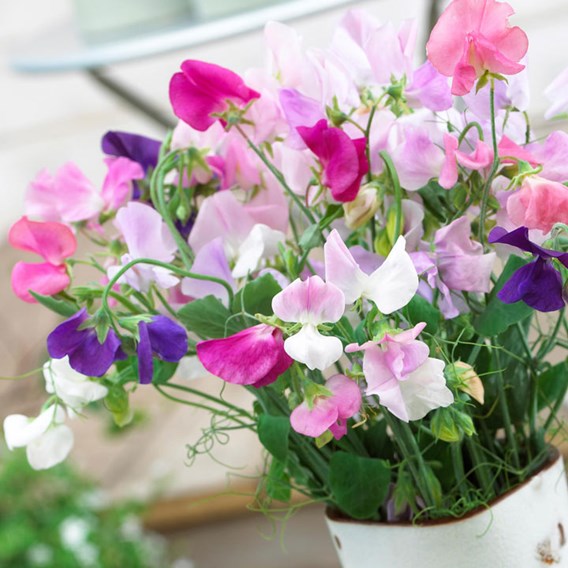

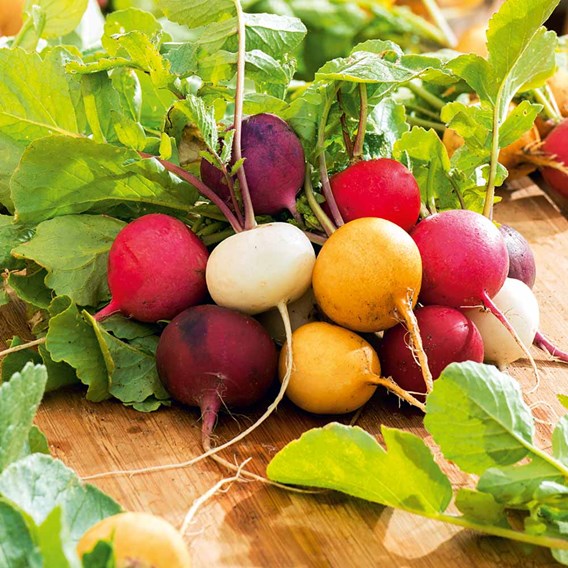
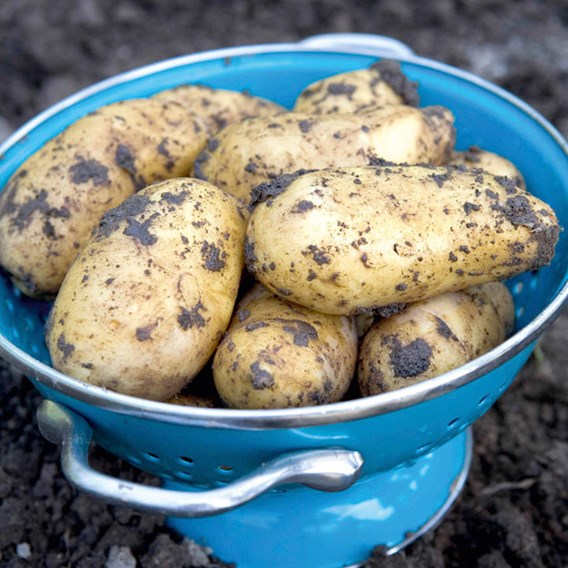

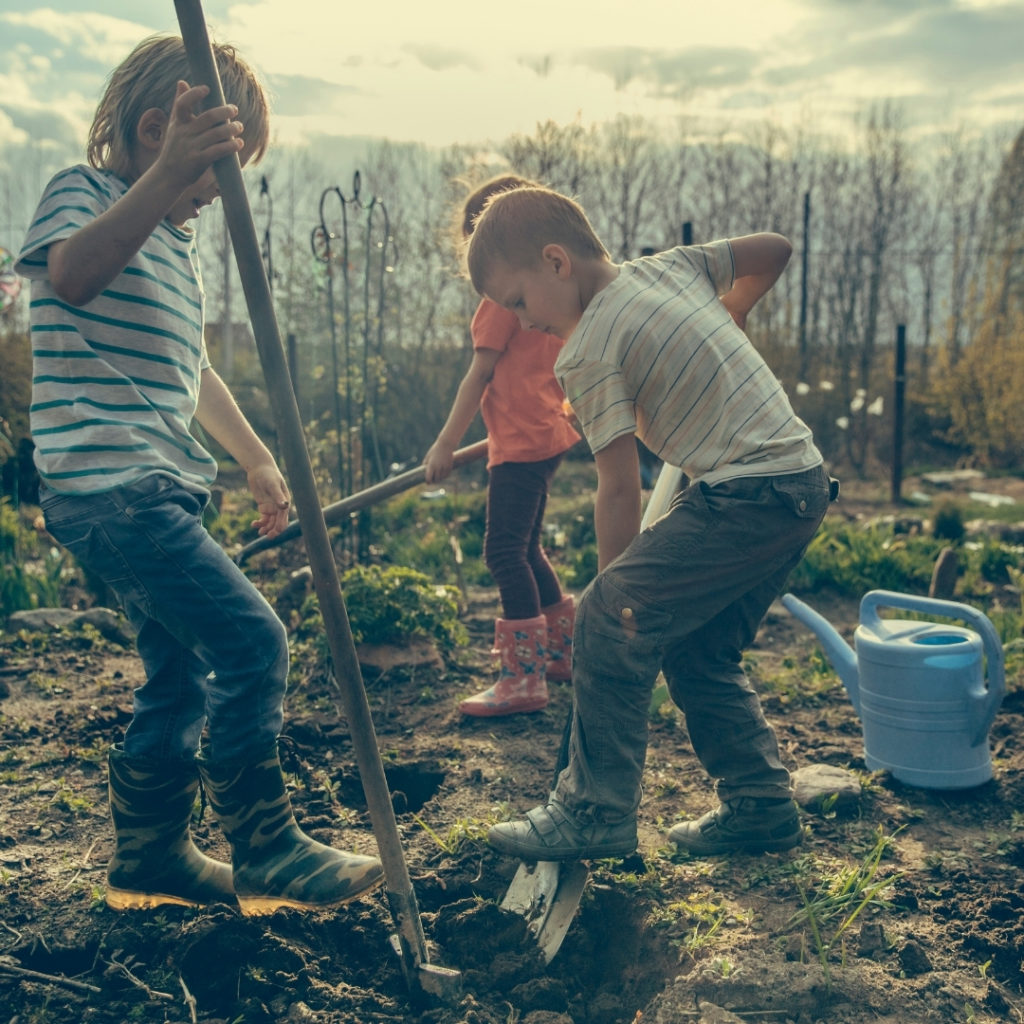
Give the Kids Some Space On the Plot
If you have the space, providing children with their own section of the garden gives a good lesson in responsibility! This can range from a raised bed, a part of a bed or border or just a couple of containers or planters. The size of the space is not important as long as there is room for a few different varieties of plants to be grown and it’s somewhere they can take ownership of.
Ensure the area is easily accessible and that growing conditions are good. Section off the area with a homemade sign that will transform the area into your child’s own special plot of nature that they will want to keep coming back to.
They can do it!
Give children the freedom to look after their own plot. If they are just watching what you are doing boredom will quickly set in and they will likely be distracted by something much more demanding of their attention that’s probably far less constructive.
Give them hands-on tasks based on their age and ability, such as watering, digging holes, sowing seeds or pulling up weeds. Eventually, who knows, they may even take over mowing the lawn one day! Work together as a team and explain the jobs as you go, showing them what to do before handing over the reins!

Make Gardening Fun, And Seem Less Boring!
Above all else, make being out in the garden enjoyable. Children can be notoriously impatient and instant results will be needed to maintain interest. So those biennial Sweet Williams sown last year that are now flowering, may not be the best thing to start with.
Keep things simple to start with by planting easy-to-care-for and quick-growing varieties of vegetables such as carrots, radishes and lettuces. Peas and beans have large seeds that are easy for little fingers to handle.
Have growing competitions to see who can grow the tallest sunflower or the biggest pumpkin.
Go on a nature hunt around the garden to search for insects and where they hide. Keep count of the number of ladybugs, butterflies, caterpillars and other wildlife you come across and make a chart.
Here are just a few ways you can help the wildlife in your garden and home!


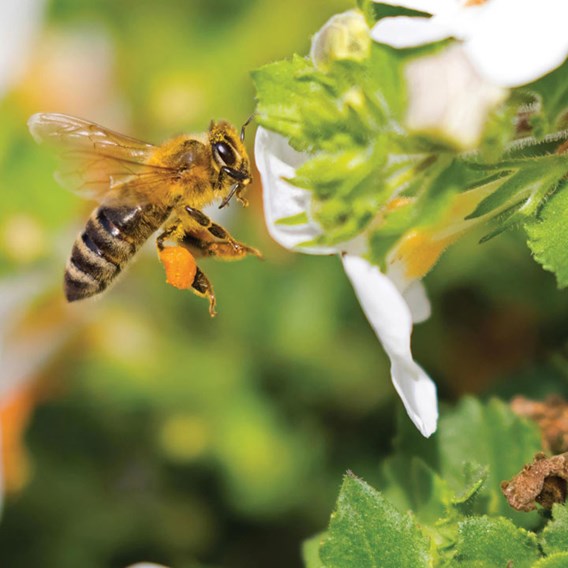


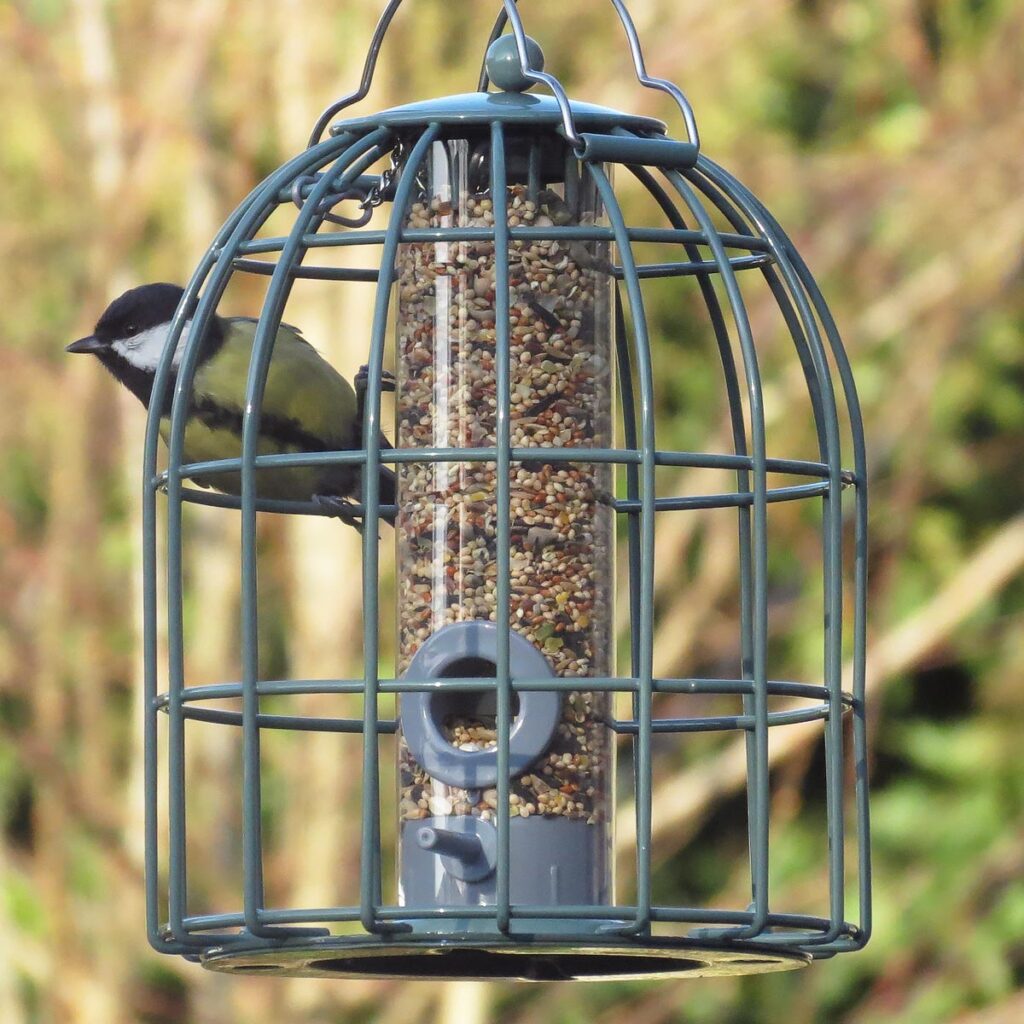
British Wildlife to Look Out for in the Garden
The warm weather in March invites feathery new arrivals to our gardens. Some even lay eggs! All kinds of wildlife is going to begin to stir this month, including robins, sparrows and blackbirds building their nests, and hedgehogs and frogs resurfacing after hibernation. The drone fly is another one found in many gardens, and here are some images to put a face to the name!
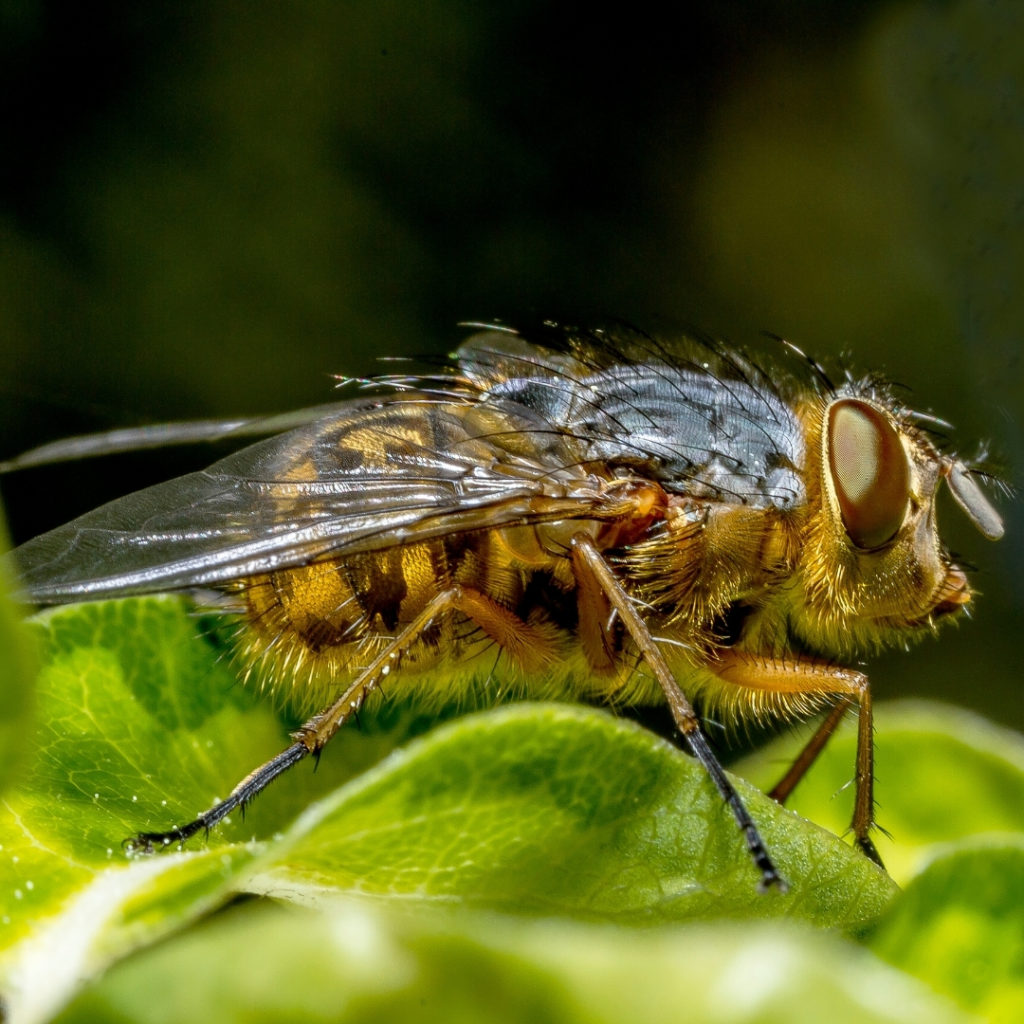

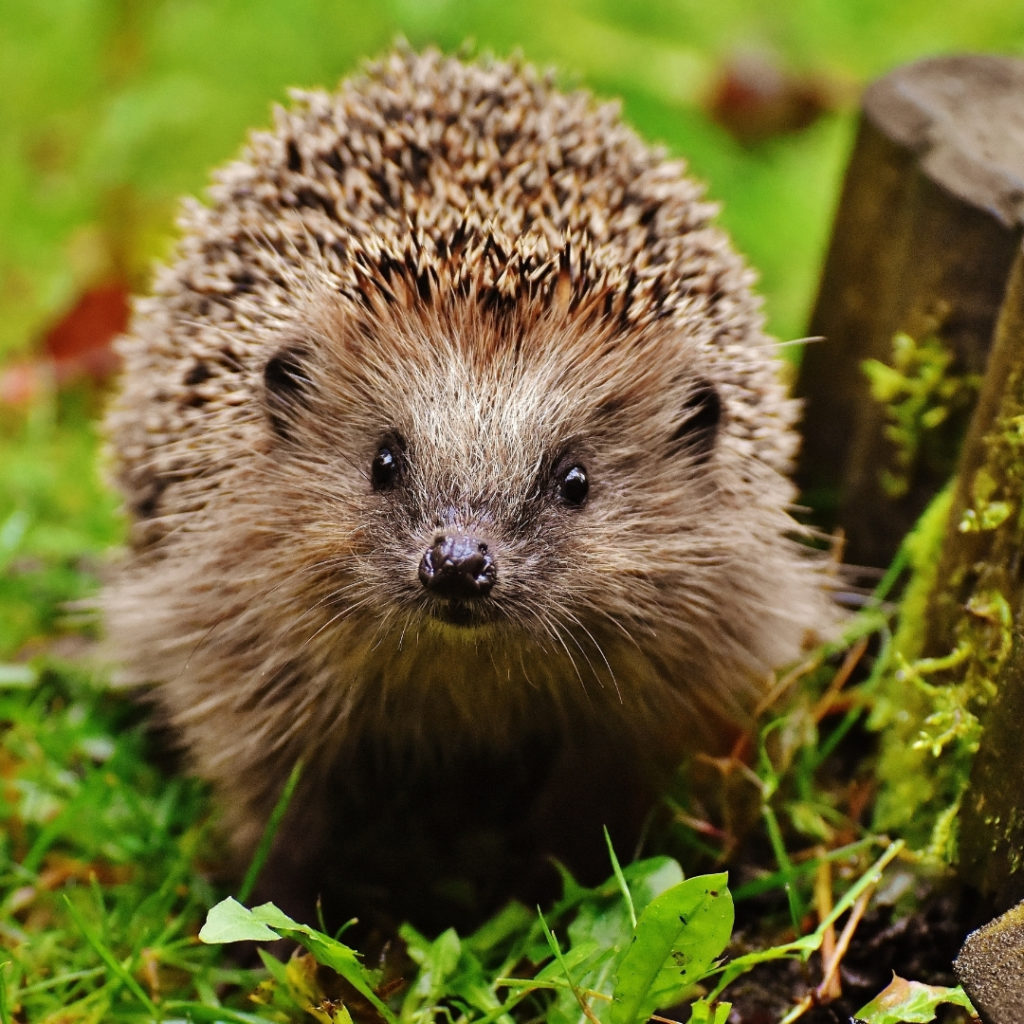
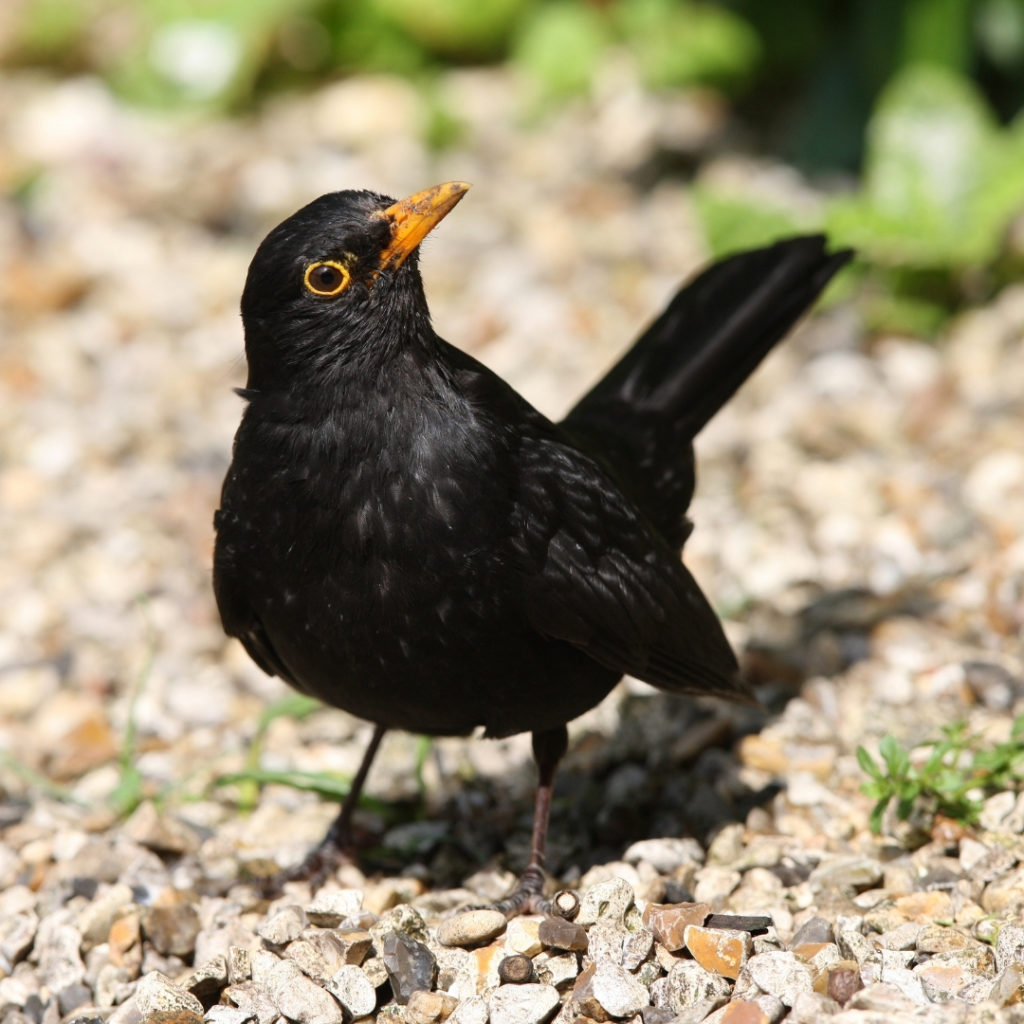
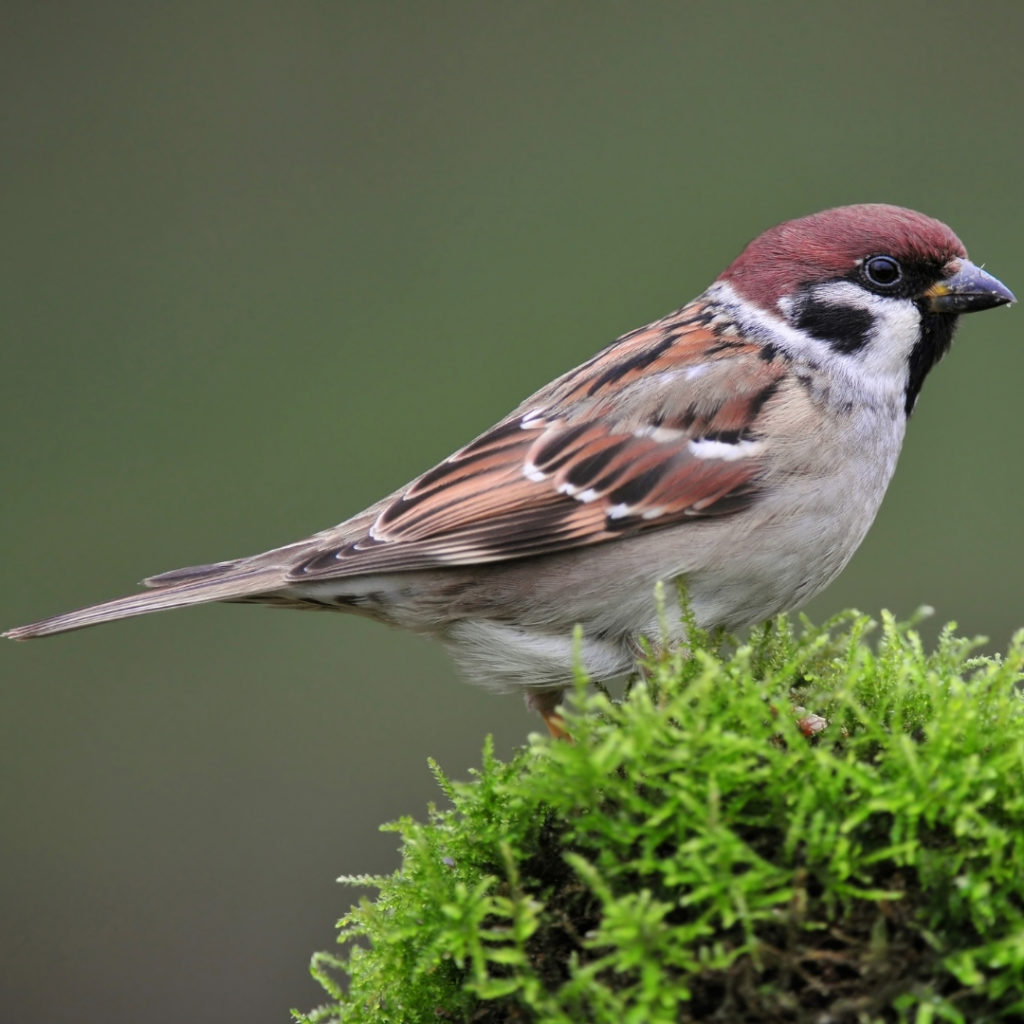
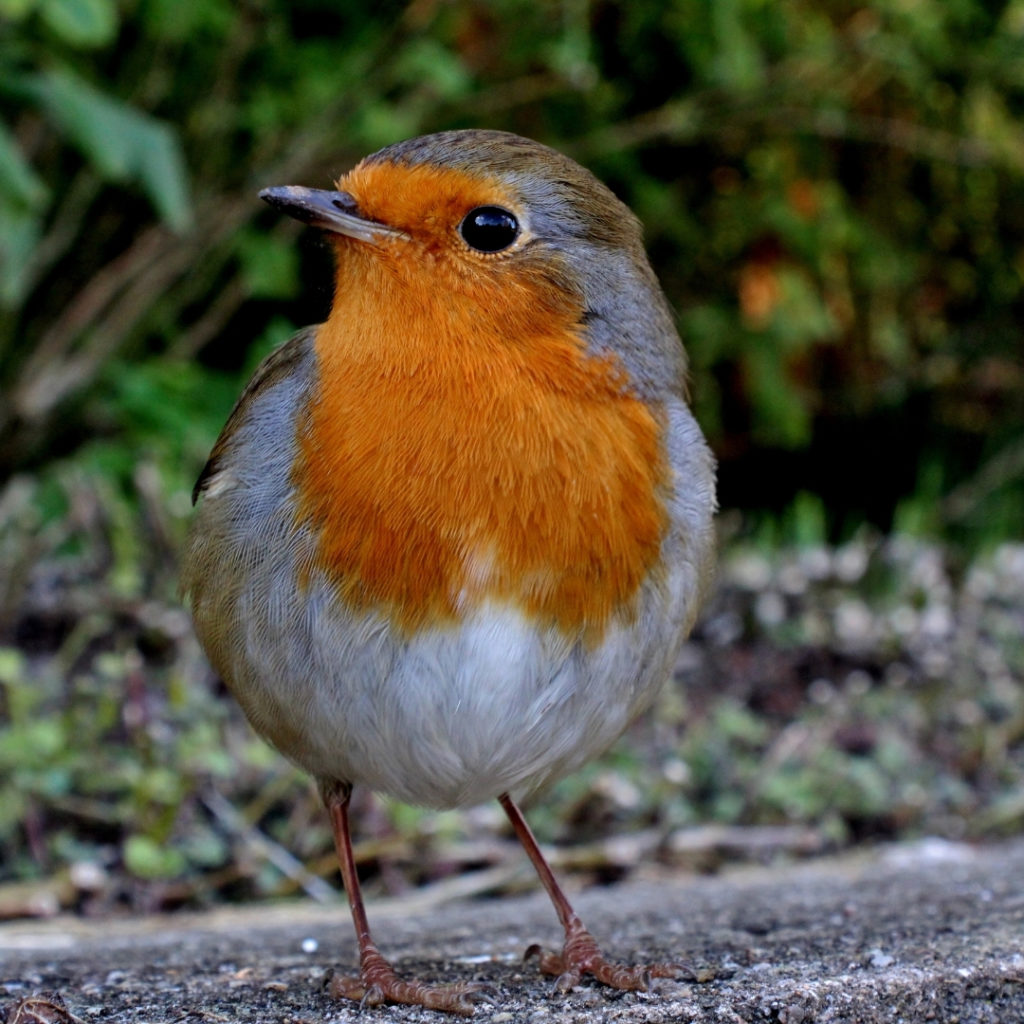
How to Help
You can offer a helping hand to these species with just a few simple steps. For birds building their nests, why not tie up some tiny twigs, dried moss and other strong veg offcuts around your feeders. To welcome frogs without having a pond, place a washing up bowl in the ground in a quiet and shady place in the garden. Place stones and branches around and within the pond, to help them get in and out! Make sure to keep your bird feeders topped up (and regularly cleaned) and think about bumblebees and slow worms too. You could gather up your lawn clipping, dry them out and then place them in a dry spot in the garden, which will encourage them both! Finally, for our beloved pollinators, fill your garden with nectar and pollen-rich flowers, we have loads of varieties to choose from!
How to Encourage Children to Garden
There are no set rules when it comes to gardening with children and gardening itself. So, if your child decides that they want to sow seeds in a haphazard wavy line and not the recommended straight line that you suggested, let them. Give your child full control over the look of their space and where they want to plant things, just be there to guide them and lend a helping hand. If your child is fully invested in the design of their plot, they will be more inclined to come back to it.
There will be times when inevitably a plant may not survive or seeds don’t germinate but don’t let this put them off. Make an experiment out of any failures that your child can learn from. Ask them why they think the plant or seeds didn’t grow; was it given too much water or not enough? Sown too deeply or not deep enough? Repeat the process and do the opposite to see if the end results are different.
When it comes to gardening with children there are no mistakes, only lessons to be learnt!
Indoor Gardening Options!
There will be times when getting out in the garden just isn’t possible thanks to our unpredictable weather. Whilst you can’t get outside, use the time to perform other gardening-related tasks for when the weather is fairer. Why not create a scrapbook? This way you can record and chart the growth of the garden, filling it with drawings, empty packets of seeds, photos of the plants as they grow, and ideas and pictures from catalogues of what they would like to grow next.
How to Create Super Seed Bombs
It’s a great activity for children, who will learn about different types of seeds and flowers, how they grow and what wildlife they attract.
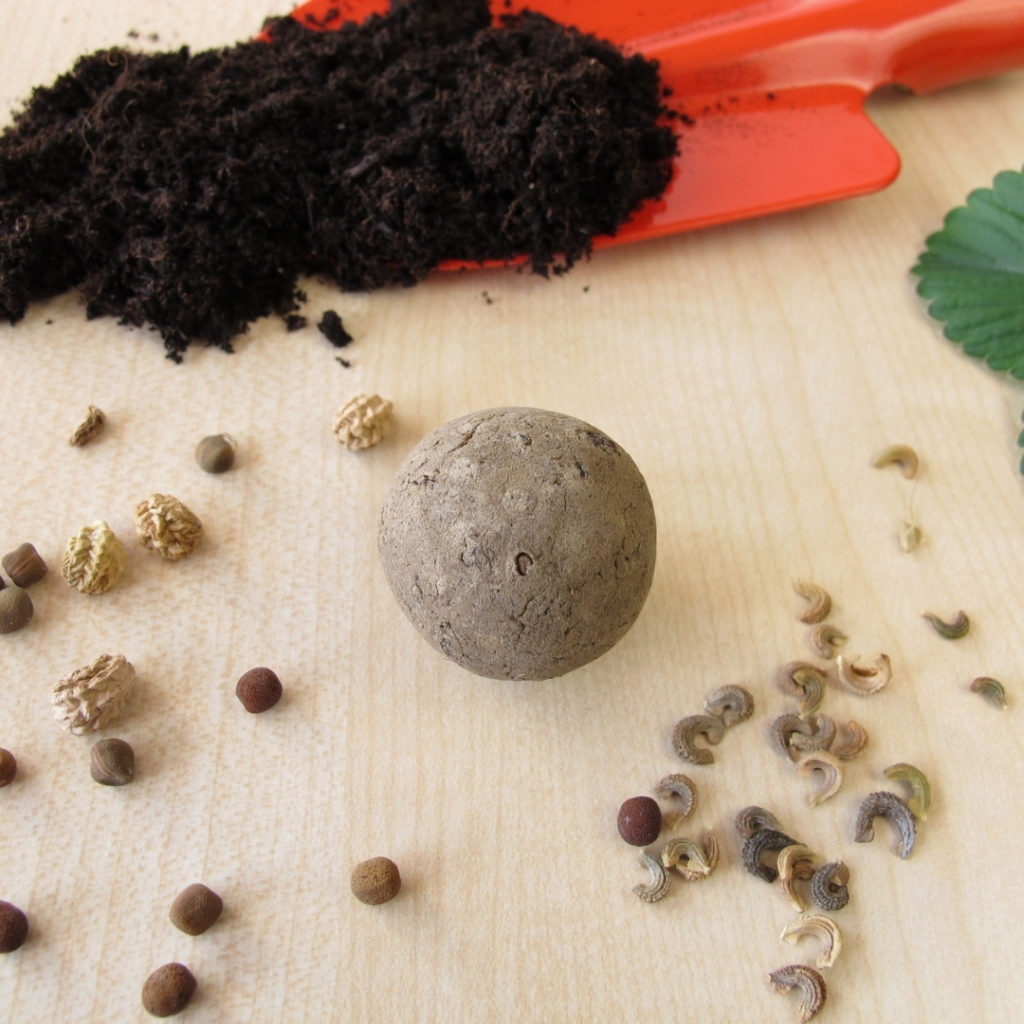
You Will Need:
- Flower seeds
- Compost
- Flour
- Water
- A bucket
- A mixing bowl
- A wooden spoon
- A mug for measuring
- Plastic apron(s)
- Somewhere to grow your seed bombs!
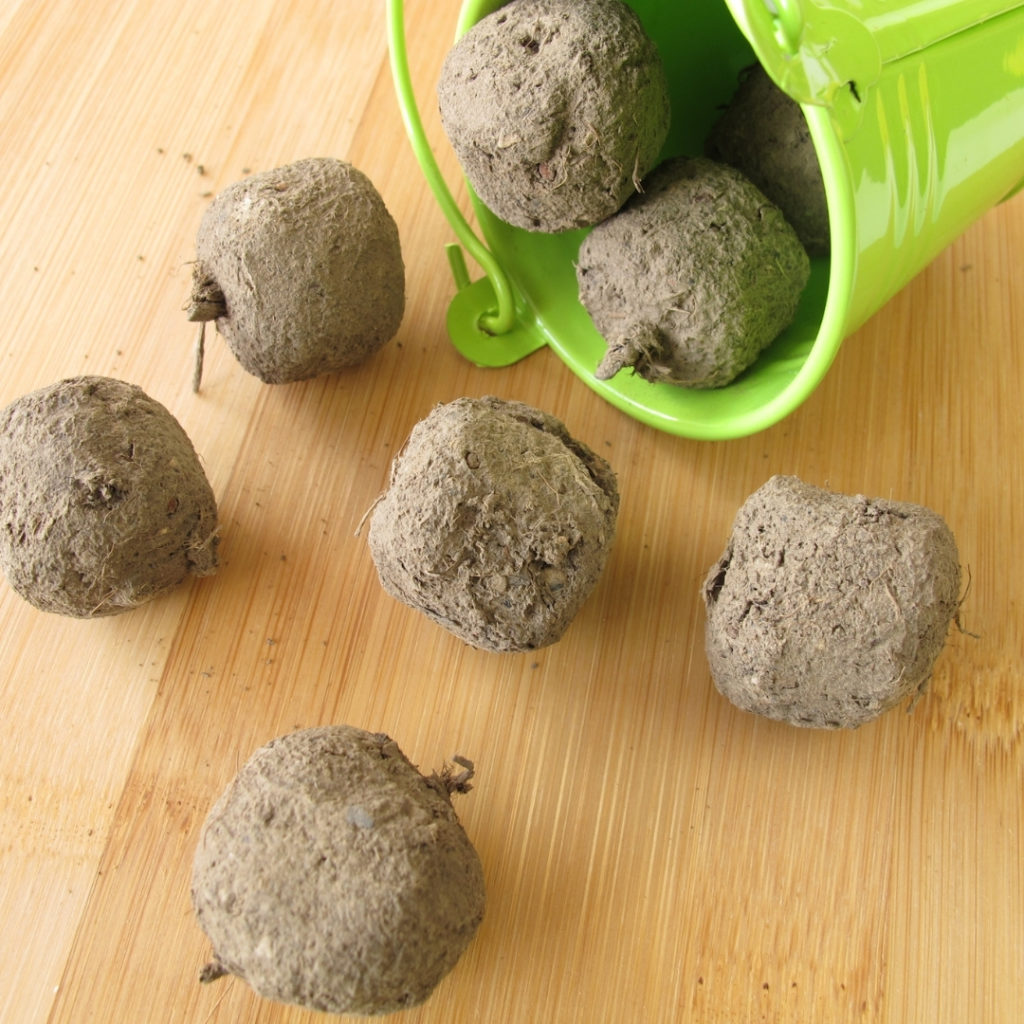
Method
- Step 1: Using your mug as a scoop, add 3 mugfuls of compost to the bucket
- Step 2: Empty the seeds into the bucket and mix everything together with your hands
- Step 3: Get your separate bowl ready for step 4
- Step 4: Fill your mug with flour and add this to the empty bowl
- Step 5: Add some water, a little at a time, and stir with a wooden spoon. Keep adding water until your flour mixture is thick and gloopy
- Step 6: Pour the flour and water mix into the bucket containing the compost and seed
- Step 7: Mix everything together with your wooden spoon – it should form a thick ‘dough’
- Step 8: Break off a piece of ‘dough’ and gently roll it in your hands. Aim to make a golf-ball-sized seed bombs. Repeat the process until you’ve used up all the dough
- Step 9: Place the balls on a tray (or in a box) and let them to dry for 24 hours
- Step 10: Head outside to the garden to scatter your seed bombs!
All of these things can be done to keep the idea of gardening in their mind and make it fun! Next time the sun is shining, they will be eager to get back out into the garden.
We hope you have enjoyed our guide to gardening with kids. Stay tuned on the blog for more advice on how to grow veg and flowers with kids!
Check out our latest blog posts below!
- Dobies’ Guide to December Gardening
- The complete guide to planting spring bulbs
- Maximise your space: a guide to vertical and small-space gardening
- How to plant hanging baskets
- How to prune roses

